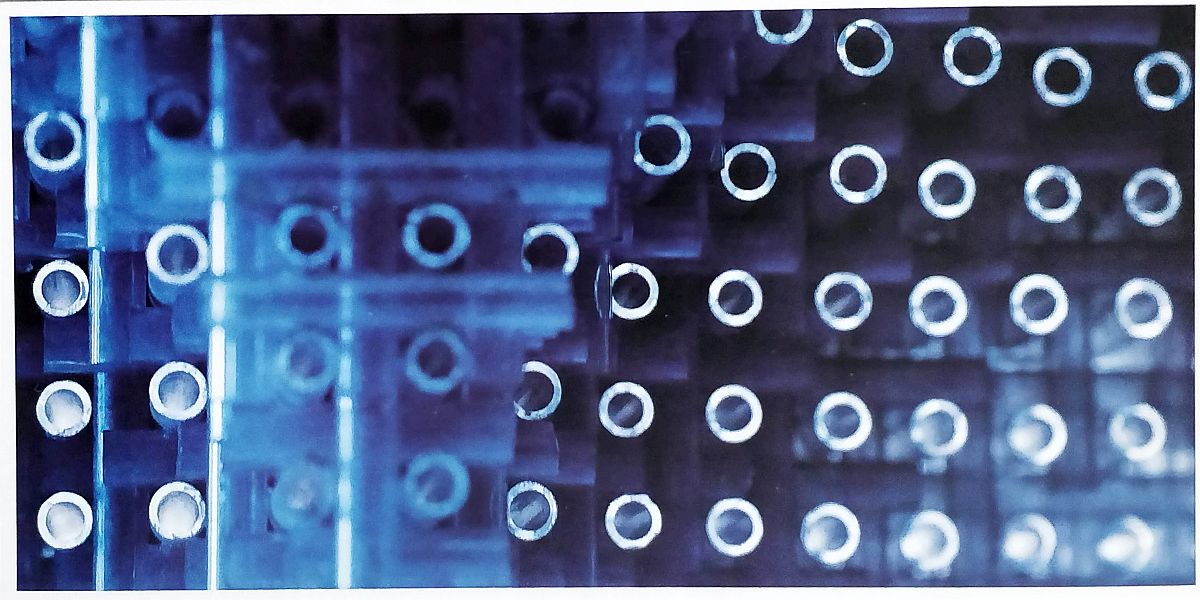Ciąg dalszy moich lingwistycznych potyczek z BCS/BHS. Oto kolejne słowo, którego trzeba się pilnować podczas przemieszczania się po byłej Jugosławii. Chodzi o liczebnik 1000, przy którym w Serbii na banknotach stoi napisane hiljadu dinara a w Chorwacji – tisuću kuna.
No i co nam to mówi? Że język niesie historię swojego narodu, której nie da się zapomnieć i szybko wyprzeć. Sami mieszkańcy Serbii nie wydają się mieć problemu z posługiwaniem się na co dzień post-osmańskimi słowami, takimi jak nar, hiljada czy čorba.
Jeszcze ciekawsze jest przebijające się nieśmiało pytanie, kto jest na Bałkanach najbardziej słowiański. Czy Chorwaci ze swoimi nazwami miesięcy są bardziej? Czy Macedończycy poprzez używanie cyrylicy są Słowianami pełną gębą? A może to prawosławie decyduje? Może to opowieść na inny wpis, o ile to w ogóle istotne.
Let me continue my linguistic battles with BCS/BHS. Here’s another word you have to keep an eye on while moving around the former Yugoslavia. It is about the numeral thousand. On Serbian banknotes of RSD 1000, it says hiljadu dinara whereas on Croatian HRK 1000, it says tisuću kuna.
Well, what does this tell us? That the language carries the history of its people, which cannot be forgotten and quickly suppressed. The Serbian people themselves do not seem to have a problem with everyday use of post-Ottoman words such as nar, hiljada or čorba.
Even more interesting is the shy question of who is the most Slavic in the Balkans. Are Croatians with their month names more Slavic? Are the Macedonians, through the use of Cyrillic, full-blooded Slavs? Or is it the Orthodox Church that decides? Maybe it’s a story for another post, if it’s important at all.
